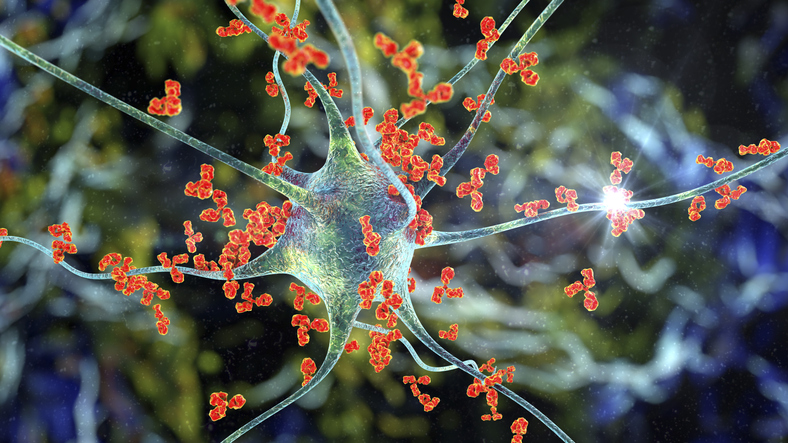Pain
What Is Guillain-Barre Syndrome?

Guillain-Barre syndrome (GBS) is a neurological autoimmune disorder in which the immune system attacks healthy nerve cells in the body’s peripheral nervous system (the nervous system outside the brain and spinal cord). The muscles lose the ability to respond to commands from the brain. This causes weakness or even paralysis, which is usually temporary. GBS can also interrupt sensory signals to the brain.
What are the signs and symptoms of Guillain-Barre syndrome?
The signs and symptoms of GBS include the following:
- Tingling and weakness that typically starts in the feet and spreads up the legs to the upper body and arms
- Difficulty walking
- Loss of bladder or bowel function
- Intense pain (cramping, aching or shooting)
- Difficulty with facial movements, such as eye movements, talking, chewing, or swallowing
- Rapid heart rate
- Double vision
- Difficulty breathing
- Paralysis
These symptoms can appear suddenly and progress rapidly; therefore, immediate medical attention is required. Treatment can help reduce symptoms and reduce the duration of GBS. Most people recover from GBS; however, the mortality rate is between 4% and 7%.
What are the types of Guillain-Barre syndrome?
Guillain-Barre syndrome is categorized into several types. The main types include the following:
- Acute inflammatory demyelinating polyradiculoneuropathy (AIDP) is the most common type of GBS in North America and Europe. AIDP is typically triggered by a bacterial or viral infection. Symptoms typically start with muscle weakness in the lower body that spreads to the upper body.
- Acute motor axonal neuropathy (AMAN) involves acute disruption in motor function and progressive symmetrical weakness. It most often affects children and young adults in low-resource countries. AMAN is commonly triggered by exposure to the bacteria Campylobacter (bacteria found in contaminated food and water, especially undercooked poultry).
- Acute motor-sensory axonal neuropathy (AMSAN) involves both motor and sensory dysfunction. Acute, rapid, and severe distal weakness, loss of deep tendon reflexes, and muscle wasting are characteristic symptoms. It is more common in adults. AMSAN is also most often triggered by exposure to the bacteria Campylobacter.
- Miller-Fisher syndrome (MFS) accounts for approximately 5% of GBS cases. It involves paralysis of the eyes, impaired coordination, and loss of reflexes. MFS is more common in Asia.
What causes Guillain-Barre syndrome?
The exact cause of GBS is unknown. However, most people who develop GBS have had an infection or virus (e.g., influenza, mononucleosis, cytomegalovirus
HIV, a gastrointestinal infection, Zika virus, Epstein-Barr virus, mycoplasma pneumonia, COVID-19, etc.) within six weeks prior to the development of GBS. This suggests that GBS is related to an immune system response to a prior infection or virus. GBS may also be triggered by exposure to campylobacter (bacteria found in undercooked poultry), surgery, trauma, Hodgkin’s lymphoma, and, although rare, influenza vaccinations or childhood vaccinations.
What are the risk factors?
The risk of developing GBS increases with age, especially after age 50. It is more common in males than in females. GBS is rare, affecting approximately 1 in 100,000 Americans.










